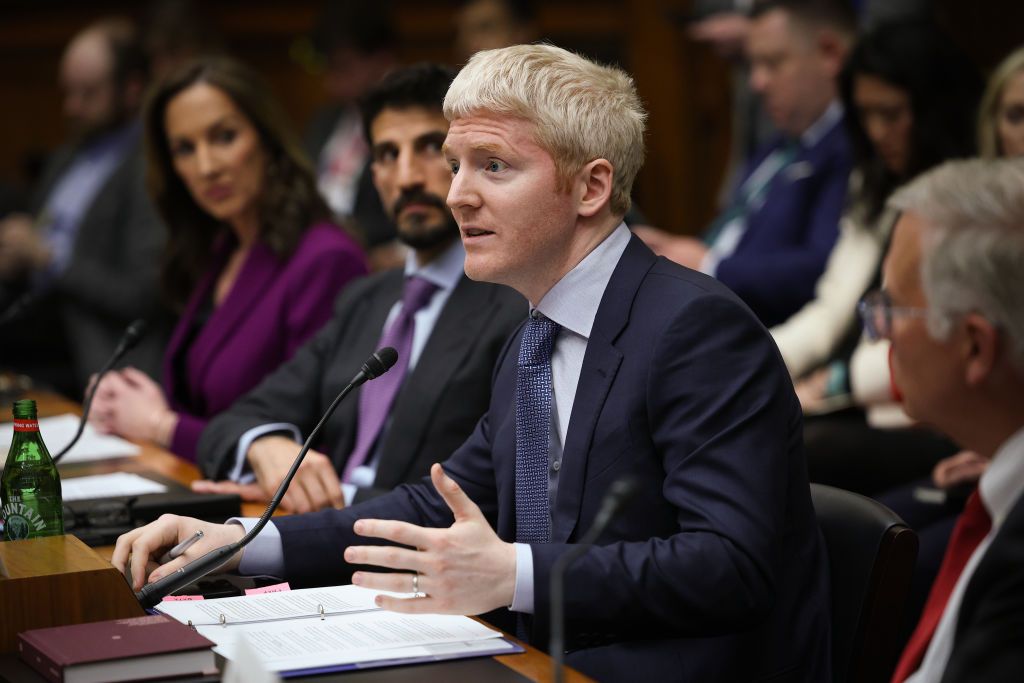
Stripe’s recent billion-dollar deals to acquire Privy and Bridge mark a significant statement indicating the conclusion of the crypto infrastructure experiment. The outcomes are substantial enough for one of the leading payment entities to invest heavily.
A clear vision is forming: the future of finance is not about choosing between traditional payments and cryptocurrencies; it involves the creation of an integrated framework that provides users with the advantages of both.
 Patrick Collison, Co-Founder and CEO of Stripe, testifies before the House Financial Service Committee March 11, 2025 in Washington, DC.
Patrick Collison, Co-Founder and CEO of Stripe, testifies before the House Financial Service Committee March 11, 2025 in Washington, DC.
Stripe’s recent acquisitions reveal a crucial aspect of the fragmented state of crypto infrastructure, as established companies seek to combine solutions that were never intended to work together.
Piecemeal solutions lead to complications. Payments represent only a fraction of a larger challenge when considering users’ needs to trade stablecoins, tokenize real-world assets, access decentralized applications, or implement smart contracts.
The approach from Stripe—gaining top-notch point solutions—can alleviate the friction that has hindered crypto’s widespread acceptance. However, to thrive, companies like Stripe should focus on integrated ecosystems rather than just accumulating acquired components.
The future is set to belong to platforms that grasp that crypto presents more than just superior payment systems; it’s a fundamentally different take on financial services. Success will belong to those who can deliver users a comprehensive suite of financial services within a single, compliant framework, minimizing friction across functionalities.
As we advance towards a world where the advantages of crypto—speed, cost-efficiency, and global reach—become imperceptible to users, the leading companies will be those that prioritize built-in compliance and security in their infrastructures.


